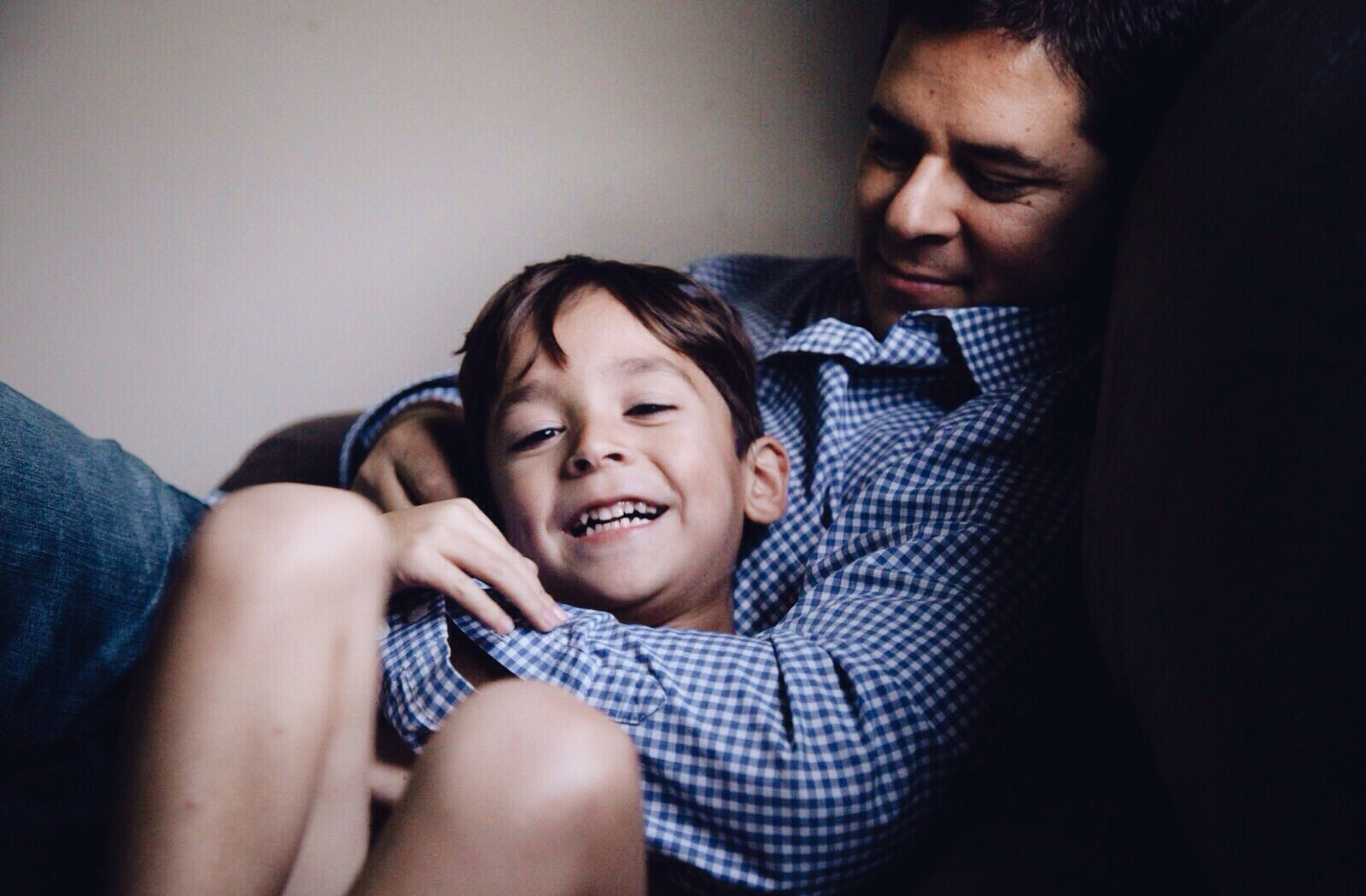So let’s assume you’re looking for some help with your parenting skills. You’re feeling frustrated and know you need to do something different. There are a lot of parenting programs out there (here’s a comparison of the most well known ones) and let’s say you’re considering P.E.T., but you would like to have a sneak preview of what you can walk away with after taking the class. Well, here you go:
After participation in the P.E.T. class, it is expected that parents will have the ability to:
- Determine who “owns the problem” in a given situation.

- Identify the 12 Roadblocks to Communication.
- Distinguish between Roadblocks and Active Listening.
- Avoid the Roadblocks that cause most helping attempts to fail.
- Recognize when their child needs their help as a skilled listener.
- Use silence, acknowledgments and door-openers to help their child with a problem.
- Active Listen to hear their child’s feelings.
- Active Listen to clarify information.
- Distinguish between Acceptable and Unacceptable Behavior.
- Determine what to do when a child’s behavior is interfering with the parent’s meeting their needs.
- Develop a three-part Confrontive I-Message.
- Confront their child’s unacceptable behavior with an I-Message.
- Shift gears between I-Messages and Active Listening when appropriate.
- Acknowledge others’ efforts with Appreciate I-Messages.
- Prevent problems and conflicts using Preventive I-Messages.
- Recognize conflict situations.
- Distinguish between Conflicts-of-Needs and Values Collisions.
- Avoid the use of Method I.
- Avoid the use of Method II.
- Set the stage for Method III Conflict Resolution.
- Use Method III to resolve a conflict between the parent and child.
- Use Method III to mediate a conflict between others.
- Handle Values Collisions.
Pretty cool, yes? Contact us to find out if P.E.T. is the right program for you and/or to find a class near you.

